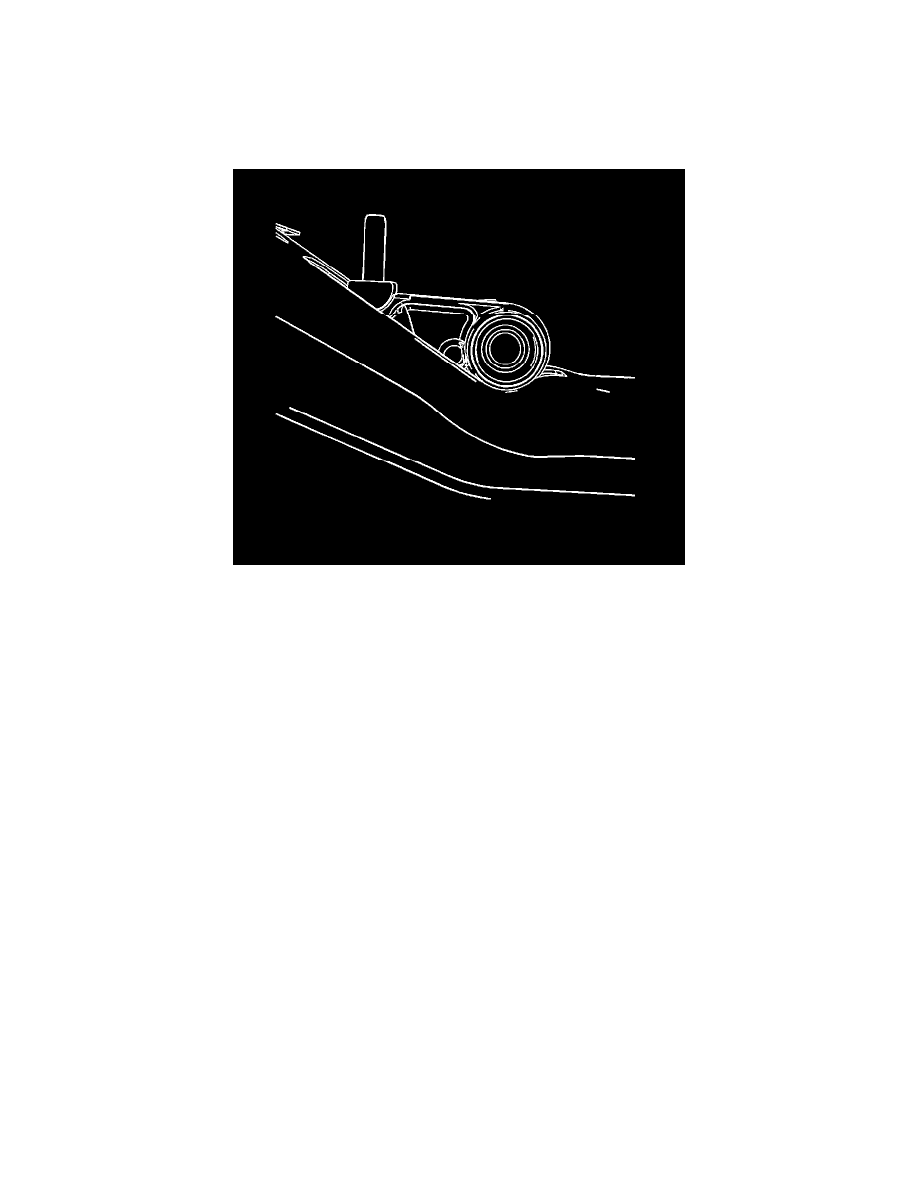Colorado 4WD L5-3.7L (2007)

second measurement.
7. Average the 2 readings (add them together, then divide by 2) and write down the result.
8. Repeat steps 1 through 7, a total of 3 times, writing down the results.
9. Average the results (add them together, then divide by 3) and this result is your final Z height number.
10. Compare your Z height number with the Service Information Z height specification. Refer to Trim Height Specifications.
Z Height Adjustment
1. For vehicles equipped with a torsion bar suspension turn the bolt that passes through the torsion bar adjuster clockwise to raise the and
counterclockwise to lower the height adjustment.
2. For vehicles without torsion bars, replace damaged or worn components as necessary.
D Height Measurement
The D height dimension measurement determines the proper rear end ride height. There is no adjustment procedure. Repair may require replacement of
suspension components.
Important: All dimensions are measured vertical to the ground. Cross vehicle D heights should be within 10 mm (0.39 in) to be considered
correct.
1. Place hand on the rear bumper and jounce the rear of the vehicle. Make sure that there is at least 38 mm (1.5 in) of movement while jouncing.
2. With the vehicle on a flat surface, lift upward on the rear bumper 38 mm (1.5 in).
3. Allow the vehicle to settle into position.
Important: Measure the metal to metal contact points of the rear axle to the frame on the inboard side of the leaf springs.
